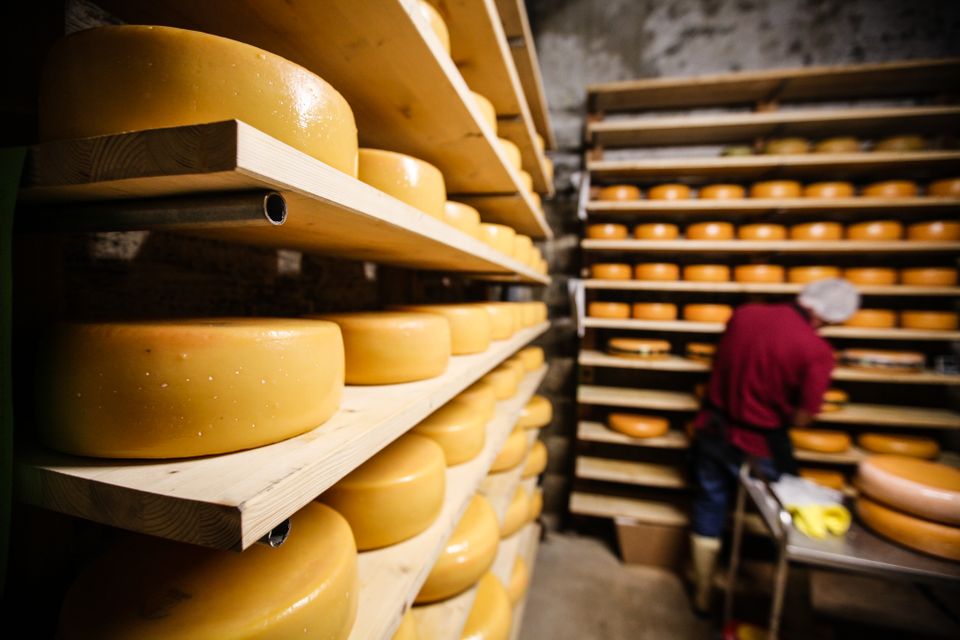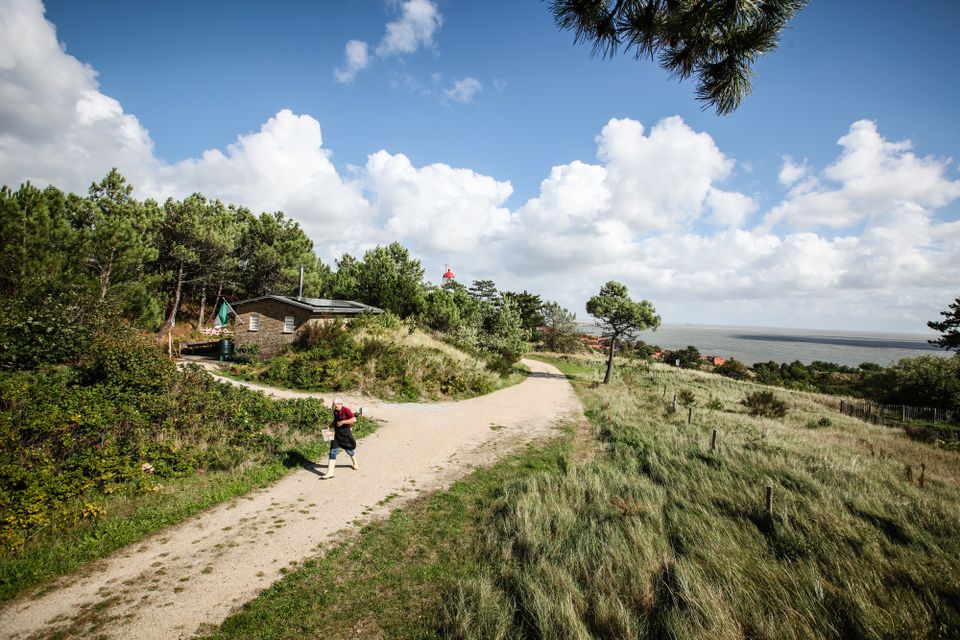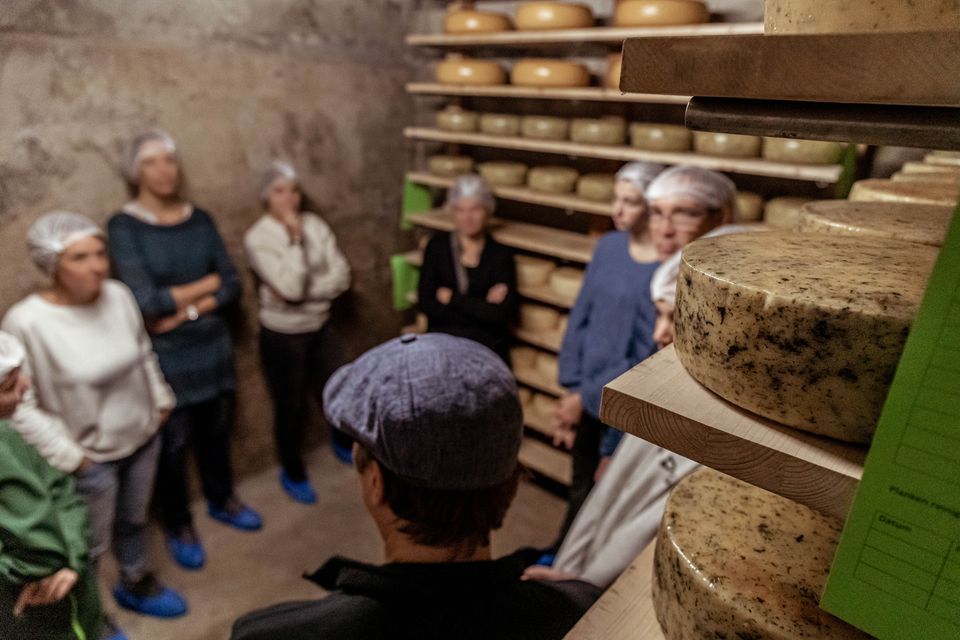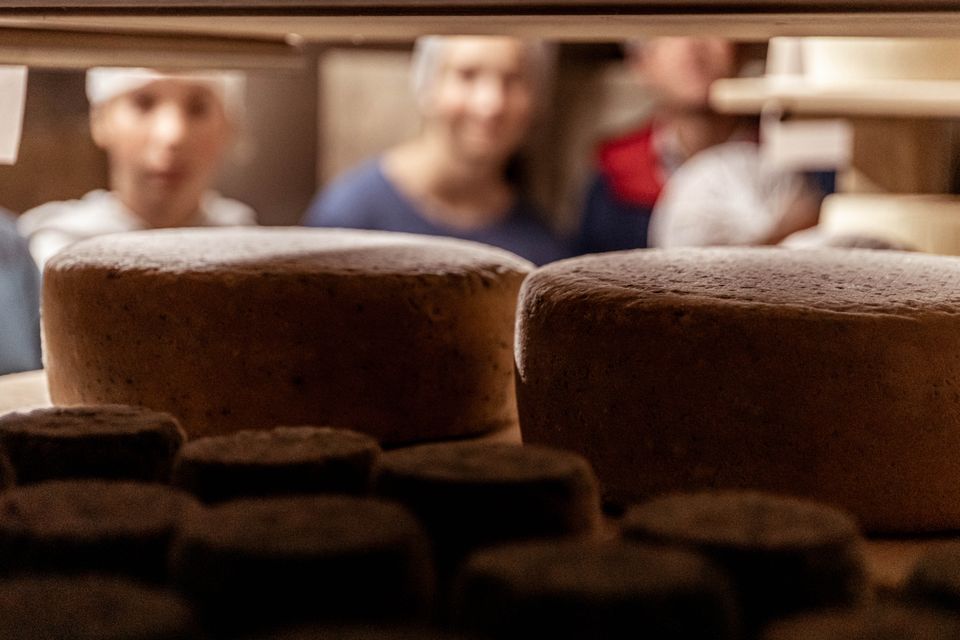Of seaweed and bunker cheeses
No better match for an island than seaweed! During summer you can find heaps of it on the Wadden, full of vitamins, minerals, iodine and iron. Seaweed is the food of the future.
During summer you can find heaps of seaweed on the Wadden, full of vitamins, minerals, iodine and iron. Not many people are currently using it. But seaweed is definitely the food of the future. It sustains itself, without a need for sparse farmland, valuable drinking water for irrigation or fertilizer and pesticides. And on top of that, it's super healthy and delicious!
Various types of seaweed grow around Vlieland. They're split up into three types: green, brown and red algae. Let the crash course commence!
Sea lettuce is green algae that is reminiscent of lettuce leaves. It’s quite thin and only grows during summer, mainly on the Wadden side of the island. When harvested it is rinsed and dried. When fresh it’s a beautifully bright green, but you can also use it dried. For instance it works great as a condiment in all kinds of dishes and products.
The seaweed you'll mainly encounter on the bank is toothed wrack. Its Dutch name, ‘sea oak’, refers to the edges of the leaves that look like oak leaves. You only cut off the tops to eat them. That gives the rest of the plant time to continue growing. Be sure to boil the wrack first before you eat it.
Knotted wrack also grows on the bottom of the Wadden. You can spot them by the thick vessels (knots) on the fronds. Knotted wrack can be dried and ground and used as a salt substitute.
If you eat Japanese food once in a while you’re probably familiar with Wakame and Nori. Wakame has a short, thick vein. On Vlieland it uses it to attach itself to the jetties in the marina. This seaweed is eaten dried. Nori is a red algae, recognisable by its shape. It looks like plastic has melted on the embankment. Nori is black and feels rubbery. When dried and roasted at a high temperature the taste is similar to sesame seeds.
Bunker cheeses
Cheesemaker Nils Koster decided to do something with all that seaweed. He harvests it directly from the sea and uses it in his cheeses: the unique Vlielander Zeewierkazen. They are matured in an old bunker deep beneath the surface. He does the same with all the other special cheeses he produces, with caramel or sweet clover, for example. The combination of high humidity and cool temperature creates the perfect environment for infusing his cheese with flavour. Come and try them during a cheese tasting.
You can also make your own cheese! A workshop will teach you how to turn a carton of milk into fresh cheese within an hour; seaweed is optional.
-
Taste of the Wadden
Taste of the Wadden
Taste the rich taste of the Wadden!
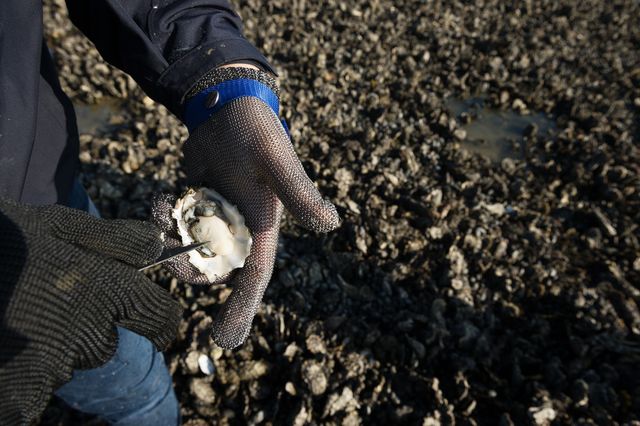
-
Recipes
Recipes
Discover the tastiest recipes and make the best dishes!

